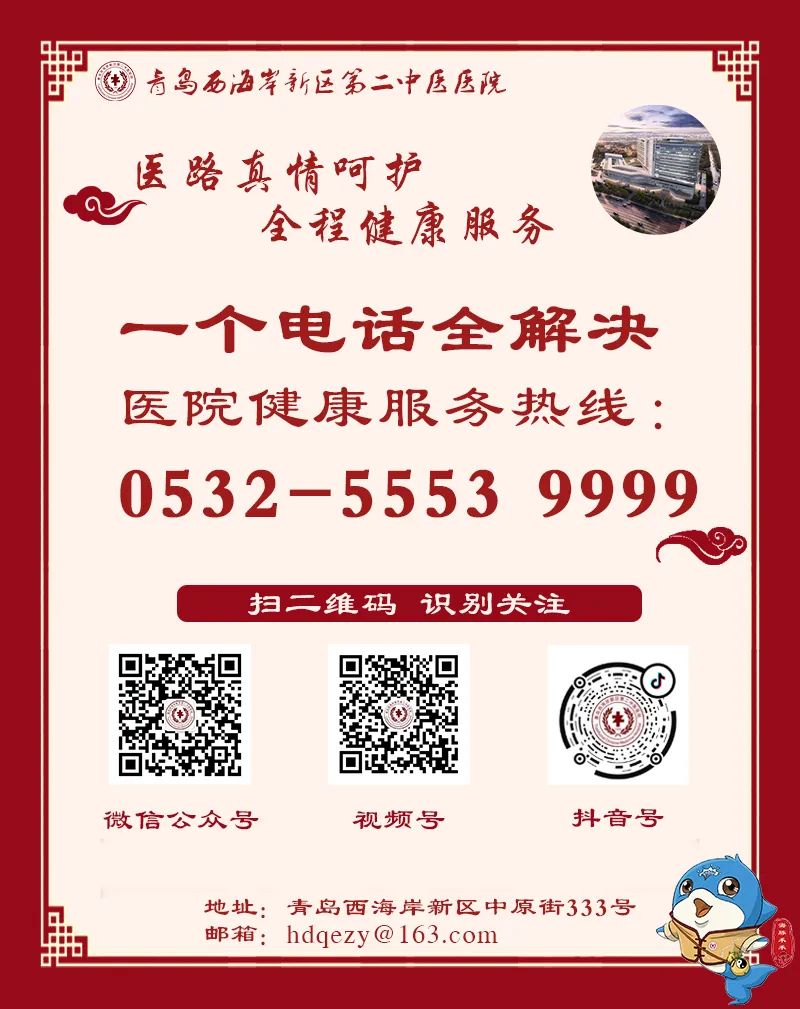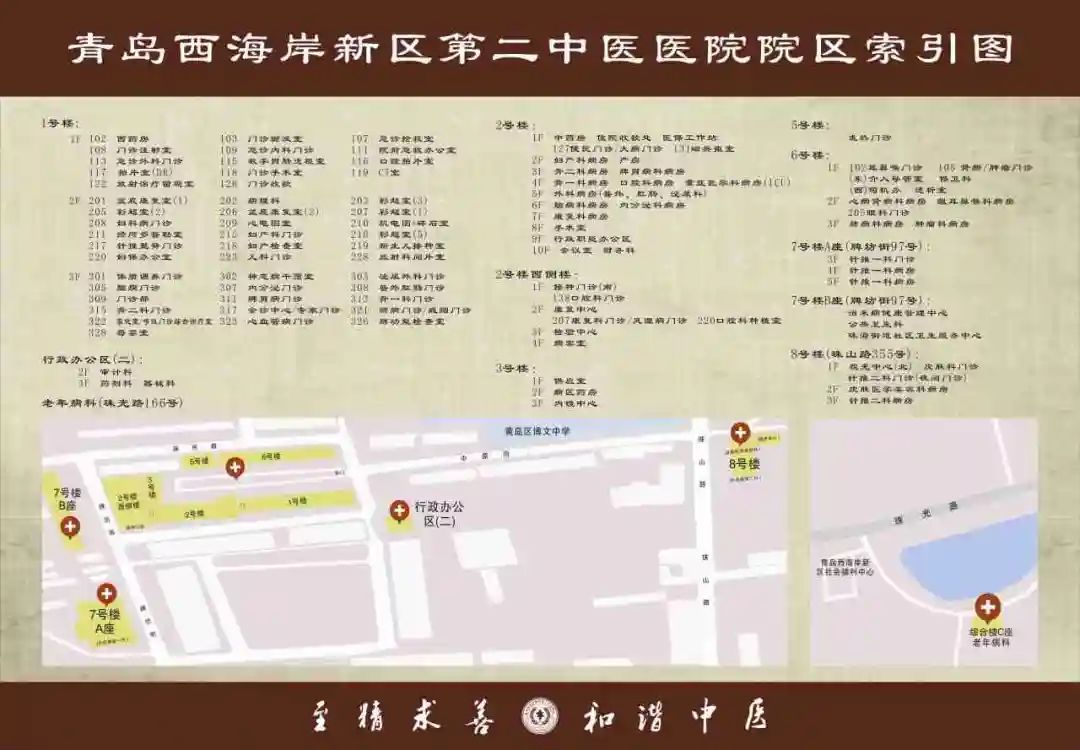Click the blue text above to follow “Qingdao West Coast New District Second Traditional Chinese Medicine Hospital”

The year 2024 is the Year of the Wood Dragon. According to the theory of the Five Movements and Six Qi, this year is characterized by excessive Earth movement, with the Sun representing cold Water in charge of the heavens, and the Taiyin (太阴) representing damp Earth in the springs. The climate is predominantly cold and damp, which affects individuals through the two evils of cold and dampness, easily leading to diseases related to the spleen, stomach, lungs, and kidneys. How can parents help their children prevent and cope with these conditions? Pediatricians from Qingdao West Coast New District have developed a Traditional Chinese Medicine (TCM) treatment plan for external pathogenic diseases in children during autumn and winter based on years of clinical experience:
1
TCM Diagnosis: “Liver Qi Stagnation and Spleen Qi Deficiency, Wind Pathogen Attacking the Exterior”

Clinical manifestations include fever, sore throat, chills, poor appetite, abdominal distension, diarrhea, red tongue, and white greasy coating. The left guan pulse is slippery, while the right pulse is weak and wiry.
The prescription includes a modified Xiao Yao San (Free and Easy Wanderer Powder), supplemented with Gua Sha (scraping therapy) and other external TCM treatments.
2
TCM Diagnosis: “Deficiency of Zheng Qi, Wind-Damp Invading the Exterior”

Symptoms include fever, sore throat, body aches, heaviness, or discomfort in the stomach, red tongue, white greasy coating, and floating weak or wiry pulse.
The prescription includes a modified Jing Fang Bai Du San (Schizonepeta and Siler Powder) or Ren Shen Bai Du San (Ginseng Powder to Overcome Pathogenic Influences), supplemented with Gua Sha and acupoint application.
3
TCM Diagnosis: “Liver Qi Stagnation and Spleen Qi Deficiency, Wind Pathogen Attacking the Lungs”

Symptoms include cough, nasal congestion, runny nose, poor appetite, or diarrhea and abdominal distension, with a slippery left guan pulse and weak wiry right pulse.
The prescription includes a modified Xiao Yao San combined with Zhi Sou San (Cough-Relieving Powder), supplemented with acupoint application.
4
TCM Diagnosis: “Deficiency of Zheng Qi, Wind-Cold Invading the Lungs”

Symptoms include paroxysmal cough, unproductive cough, possible fever, headache, poor appetite, or abdominal distension and constipation. The tongue is red with a white greasy coating, and the pulse is floating weak or wiry.
The prescription includes a modified Shen Su Yin (Ginseng and Perilla Leaf Decoction), supplemented with Gua Sha and acupoint application.
Additionally, based on the child’s condition, other suitable TCM therapies such as pediatric tui na (Chinese therapeutic massage) may be incorporated.
Health Education

Chinese herbal acupoint application and Gua Sha primarily stimulate specific acupoints on the body surface with herbal medicine, promoting transdermal absorption of the medicine and invigorating the corresponding meridians, allowing the medicine to reach the internal organs through direct and indirect effects, achieving therapeutic effects.
Advantages of Cough Acupoint Application and Gua Sha Treatment
These methods are safe, convenient, and effective. They not only avoid irritation to the digestive tract from medications but also enhance the body’s immunity through acupoint stimulation.
Precautions
1. During the application, avoid raw, cold, and greasy foods to prevent affecting the efficacy of the treatment.
2. For children, the application should last 4-6 hours. A slight itching sensation on the skin after application is a normal reaction; avoid scratching the area. Due to individual differences in constitution and skin condition, if severe allergic reactions such as redness, swelling, or pain occur, immediately stop the treatment, wash the area with warm water, and seek medical attention if symptoms do not improve.
3. After Gua Sha, keep the treated area warm to avoid wind exposure.
Dietary Tips
During coughing, it is important to strengthen the spleen and nourish the lungs. Foods that can help include lily, honey, lotus seeds, yam, tremella, and fresh vegetables, while avoiding spicy and hot foods.
Contact Number: 88181302
Provided by: Pediatrics
Editor: Wang Tongtong
Reviewed by: Yuan Qizhi, Chen Ying


Transportation Routes:
① Zhu Shan Road – Second Traditional Chinese Medicine Hospital Station: Huangdao Route 208; Huangdao Route 215; Huangdao Route 503; Huangdao Route 66; West Route 1; West Route 2; West Route 2A; West Route 3, head west into Zhongyuan Street, go straight for 200 meters to reach the hospital’s east gate.
② Lingshan Bay Road – Jiajiayue Station: Huangdao Route 206; Huangdao Route 70; Huangdao Route K21; West Route 1, head north into Paifang Street, go straight for 230 meters, then turn right for 50 meters to reach the hospital’s south gate.
Love TCM, Stay Young!

